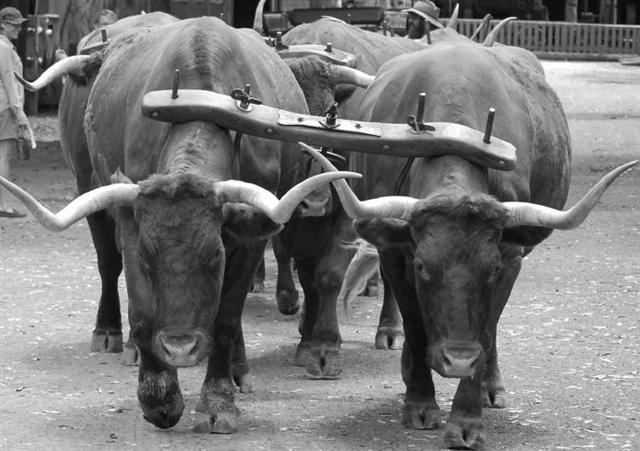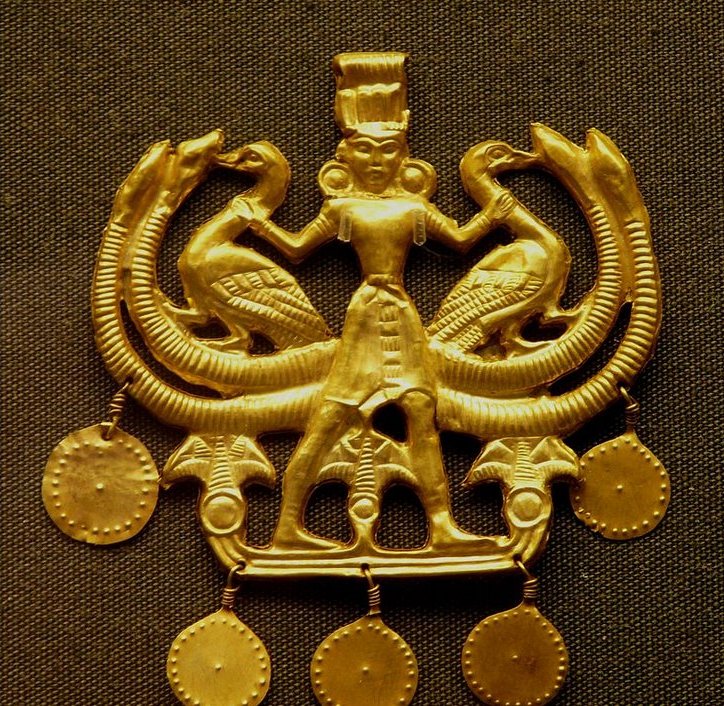|
584
21 Clearly we could associate the idea of te huki with a yoga star, like a yoke carried on the shoulders and connecting a pair.
... Punarvasu is one of the twenty-seven (or twenty-eight) zodiacal constellations in the Indian system of Nakshatras. In each of the Nakshatras there is a 'yoga', a key star that marks a station taken by the moon in its monthly (twenty-seven- or twenty-eight-day course) through the stars. (The sidereal period of the moon, twenty-seven days and a fraction , should be distinguished from the synodic, or phase-shift period of 29.5 days, which is the ultimate antecedent of our month.) ... This general concept should then be applied to its specific use at Cb8-21
Although 584 surely could be associated with the synodic circuit of Venus we should also be able to perceive this place as the connection (binding together, yoke) between October 25 and April 25. And this we have tried to do: ... 1(0)7 is One and Seven. 10 days + 7 weeks = 59 right ascension nights = 2 * 29½. One day + seven weeks = 50 right ascension nights. → Gb4-16 → 416 → 2 * 208 = 8 * 52. Also twice 107 = 214 (Gb8-2) is at April 25 (115). And 214 → 2-14 → February 14 = All Hearts' Day. All the cycles were here converging and ready to once again burst into life ... The general concept would surely have been applied to multiple different particulars. And by studying also the surrounding glyphs we should be able to begin to search for its particular meaning of Cb8-21:
|
|||||||||||||||||||||||||||||||||||||||||||






